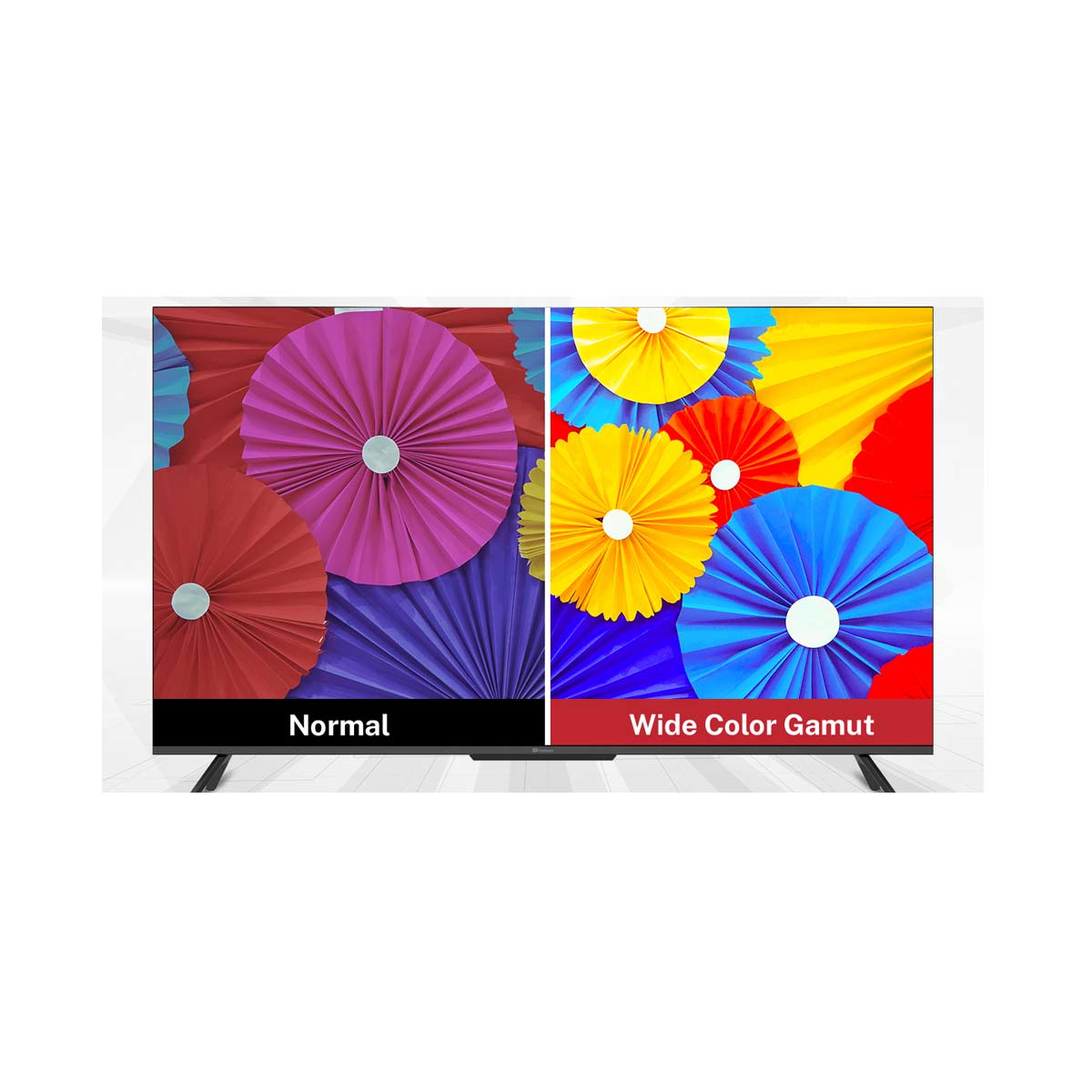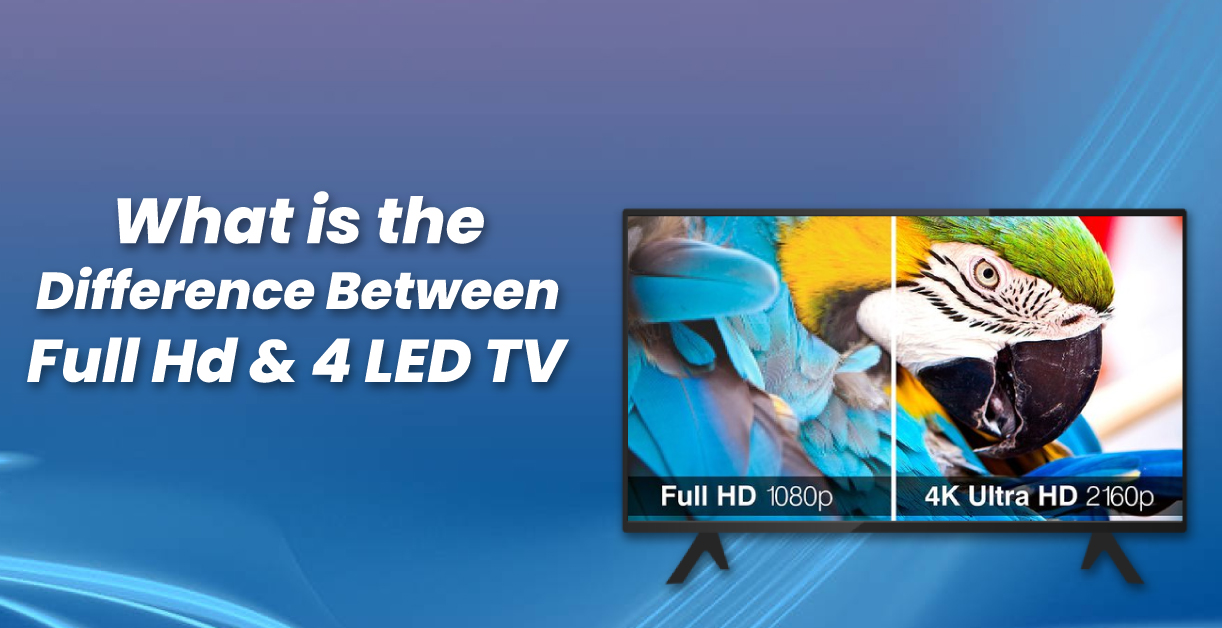Over the years, the television industry has made some impressive advancements, and the introduction of LED TVs was one of the biggest developments in display technology. The Light-Emitting Diode, or LED, has completely changed how we watch television. We will explore the characteristics of LED TVs and how they vary from other types of TVs in this article.
Backlighting Technology
LED TVs differ from conventional LCD TVs in that they make use of a special backlighting technology. LED TVs use a variety of tiny light-emitting diodes for backlighting, in contrast to LCD TVs, which use cold cathode fluorescent lamps (CCFLs). These diodes provide better brightness and contrast levels while being more energy-efficient, providing a better viewing experience. Additionally, LED backlighting enables more exact control over individual pixels, improving image quality and resulting in superior black levels.
Slimmer and Sleeker Design
The sleek and slender appearance of LED TVs sets them apart from their predecessors in a significant way. LED TVs are substantially slimmer than LCD TVs due to the smaller size of the LED backlighting system. This sleek profile lends a touch of elegance to any living area and enables more flexible positioning options, including wall mounting. Additionally, LED TVs feature smaller bezels, allowing for a larger viewing area and a more immersive experience.
Energy Efficiency
When compared to other television types, LED TVs are renowned for their energy efficiency. Compared to CCFL backlighting, LED backlighting uses less power, which results in decreased energy use and electricity costs. Additionally, LEDs can turn off specific areas of the screen and have finer control over dimming, which further reduces energy use and improves contrast ratios. In the long run, this saves users money while also being good for the environment.
Enhanced Picture Quality
LED TVs provide superior picture quality with more vibrant colors, deeper blacks, and sharper images. Better brightness level control is made possible by the LED backlighting system, which boosts contrast ratios. The result is a more immersive viewing experience as dark situations appear deeper and light scenes appear brighter. Additionally, the larger color spectrum of LED TVs enables more accurate and vivid color reproduction. They are therefore perfect for gaming as well as watching films, TV episodes, and sporting events.
High Definition and 4K Resolution
LED TVs are frequently offered in high definition (HD) and 4K resolution options. HD LED TVs produce clear, detailed images with a resolution of 720p or 1080p. On the other side, 4K LED TVs provide an even greater resolution known as Ultra HD or 3840 x 2160 pixels. 4K LED TVs deliver incredibly detailed, stunningly realistic images with four times the resolution of Full HD. High resolutions and LED technology work together to provide stunning visuals that bring content to life with clarity and precision.
Faster Response Time
Compared to other television types, LED TVs have quicker response times. The ability of the individual LED pixels to turn on and off fast reduces the impacts of motion blur and ghosting. This makes LED TVs a fantastic option for playing video games, viewing fast-paced sports, or watching action films, where fluid motion is essential. A more responsive and immersive gaming experience is provided by LED TVs’ low input lag and high refresh rates, which are particularly advantageous to gamers.
Longevity and Durability
LED TVs offer a longer lifespan when compared to other display technologies. When compared to other display technologies, LED TVs provide a longer lifespan. The LED backlighting system ensures a longer-lasting television because it is more robust and less prone to burn-in or image retention problems. Since they are less sensitive to temperature variations, LED TVs continue to work well even in severe weather. LED TVs may last for many years as a dependable entertainment companion with the right upkeep and care.
Conclusion
The television business has transformed because of LED TVs’ cutting-edge capabilities and excellent picture quality. LED TVs provide a spectacular viewing experience with their energy-efficient backlighting technology, sleek design, and improved color reproduction. These TVs meet a variety of consumer needs with options ranging from high definition to 4K resolution. If you’re in the market for a new television, take into account the benefits of LED TVs and how they differ from other types to make an informed choice and have the finest entertainment experience possible.







